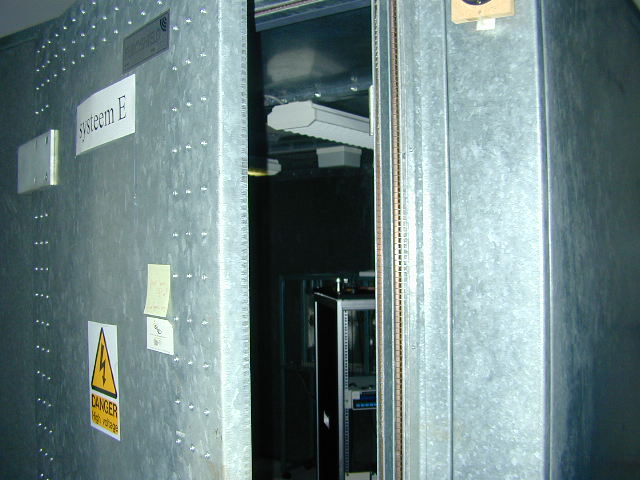California’s Cool Car Regs Could Block Mobile DTV Signals
SACRAMENTO, CALIF.: A new law passed in California over the summer could make in-car DTV reception more difficult. The California Environmental Protection Agency’s Air Resources Board adopted a “Cool Cars Regulation” in June requiring that all new vehicles starting with 2012 models have reflective windows.
“These windows would limit the amount of solar radiation entering the vehicle, allowing the air-conditioning units to be downsized or used less frequently,” the ARB’s information site states. “Less air-conditioning use or smaller air-conditioning units translates into less fuel burned and lower greenhouse gas emissions emitted by the vehicle.”
The first phase of the law running through 2015 would require just the windshield to be reflective. Beginning with 2016 models, the ARB said, “a performance-based standard will be in place, whereby a manufacturer may choose a variety of technologies--including the type of glass--so long as a performance standard is met.”
The agency estimates that the fully implemented law will prevent more than 1 million metric tons of CO2 from being pumped into the air. The agency acknowledged concerns from manufacturers of radio frequency devices such as cell phones and global-positioning systems. The agency said it conducted “a small test plan” on the devices, with final results to be published “in the near future” at www.arb. ca.gov/cc/cool-cars/cool-cars.htm (the site is not yet live).
Reflective glass is typically metalized, which would make a fully equipped automobile a virtual Faraday cage, notes Robert Gonsett of the CGC Communicator, who first reported the regulation.
Initial findings from the ARB are that cell phones will work, at least through 2015, though it’s illegal to use a hand-held cell phone while driving in California. The concern is that one will work in an emergency if windows can’t be opened. Aftermarket GPS devices will require “deletion windows,” i.e., areas on the glass with no refletive coating.
“ARB tests showed that placing the GPS device or the external antenna within the deletion window allows the device to operate as effectively as in a car with no reflective glass,” the agency said.
Oddly, in-car radios were not mentioned by the ABS, nor was consideration given for other types of signal delivery such as wireless broadband. Mobile DTV wasn’t considered, but it’s relatively new and no devices are in the market yet. Cars with on-board satellite TV reception typically have external receivers, such as the one offered by AT&T for CruiseCast.
-- Deborah D. McAdams

The professional video industry's #1 source for news, trends and product and tech information. Sign up below.
